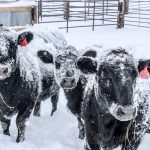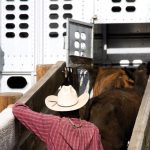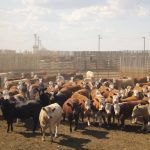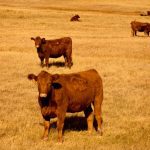
 Livestock
Livestock

New York sues meatpacking giant JBS over climate claims
Attorney general calls company's emissions goals 'infeasible'

Klassen: Statistics Canada confirms lower feeder cattle supplies
Precipitation in Alberta, Saskatchewan increases demand for grassers

Canadian cattle herd reaches lowest level since 1989
Cattle weights supporting decline in production

Klassen: Feeder market shows signs of herd expansion
Some buyers suggest some heifers are being purchased for breeding

National hog research firm gets $10.6 million in federal funds
Research to include new vaccines, antimicrobial alternatives, feed strategies, and genetics

Raising ‘low input’ cows in Manitoba
Stefan Bouw and his family focus on maternal, forage-developed cows on their seed stock operation

US agriculture secretary sees ‘chaos’ in meat market without congressional action on Prop 12
Canadian sector worried state-specific regulations will cause severe complications for producers selling into U.S.

Dairy sector set to stabilize in 2024: FCC
Feed prices, butter stocks, retail demand and inflation top trends to watch

Klassen: Feeder market continues to climb
Canadian values appear to be one week behind the U.S. market

Auction mart report for the week of Feb. 9, 2024
Regional market analysis from Manitoba, courtesy of the Livestock Markets Association of Canada members.


 Livestock
Livestock
